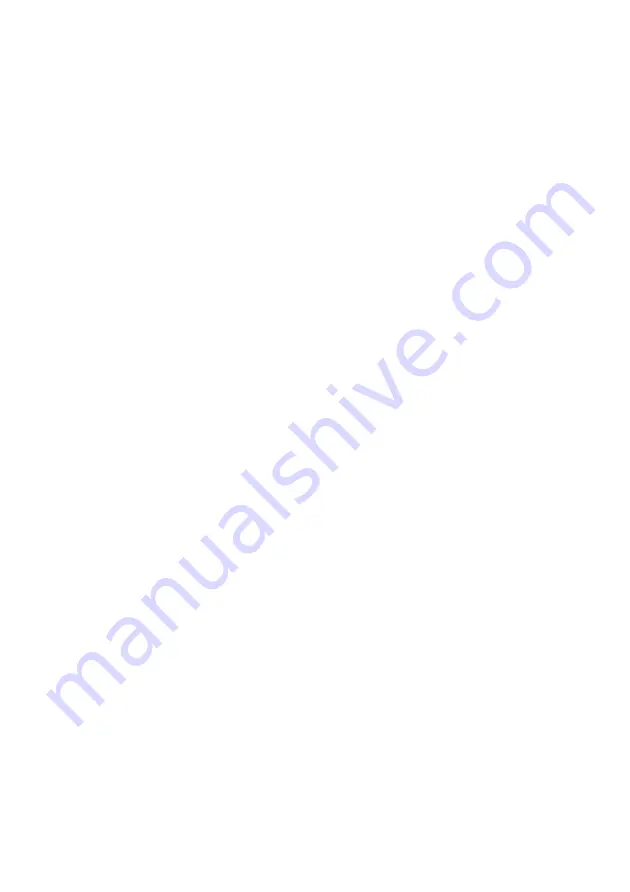
13
Combined lifts
Combined lifts entails special risks. Compound lifting is when two or perhaps more blocks are used
at the same time for one single load. The risk of personal injury and material damage may arise
through dynamic forces and uneven load distribution that cause individual blocks to become
overloaded.
Accordingly, Combined lifts must take place under the supervision of personnel suitably qualified
and with experience of such lifting.
The total weight of the target object and its load distribution must be known or calculated.
For a variety of reasons, the centre of gravity can be difficult to determine, and thus so will the
distribution of the load each block must bear. In cases where heavy, bulky loads must be handled
and
it is not possible to estimate all factors correctly, the max working load limit (WLL) of each block
must
be reduced by at least 25%. The total load of a compound lift may not exceed an individual block's
WLL.
Daily checks
After every working day on which the lever hoist has been used, the following should be checked:
•
Is the lever hoist deformed or otherwise damaged? Are any parts missing?
•
Is any deformation or other damage visible on the suspension device (eye, shackle,
bolt or similar)?
•
Are the hooks intact or have any hooks opened? Are the hook latches correct and functional?
•
The selector must work without problems.
•
Wipe down the lever hoist and oil the chain as required.
•
The chain must be undamaged, i.e. no signs of wear and no deformed or otherwise damaged
links.
•
The chain must not be kinked or twisted. With 2-fall lever hoists (6 t), there is a risk of the
chain twisting if the bottom hook assembly ends up looped through the chain sling
– usually
during refitting or moving the hoist between work stations. See Fig 6.
•
The chain stop must free of deformation or other damage.
•
The brake function must be intact.
In the event of faults or failures, the hoist must be repaired and carefully checked by a specialist
before reuse.
Continuous maintenance - lubrication
Oil the hook latches and bearings. Grease the pawl and ratchet and also the gear. Lubrication must
be sparingly and carefully applied so no grease gets on the brake disk. Oil the chain for longer life.
Periodic checks
Periodic checks are normally carried out yearly to detect and remedy any faults. If required (e.g. high
frequency of use), more frequent checks may be carried out. See “Checklist for periodic checks”.
Measure hooks and chain to detect any changes in shape.




































